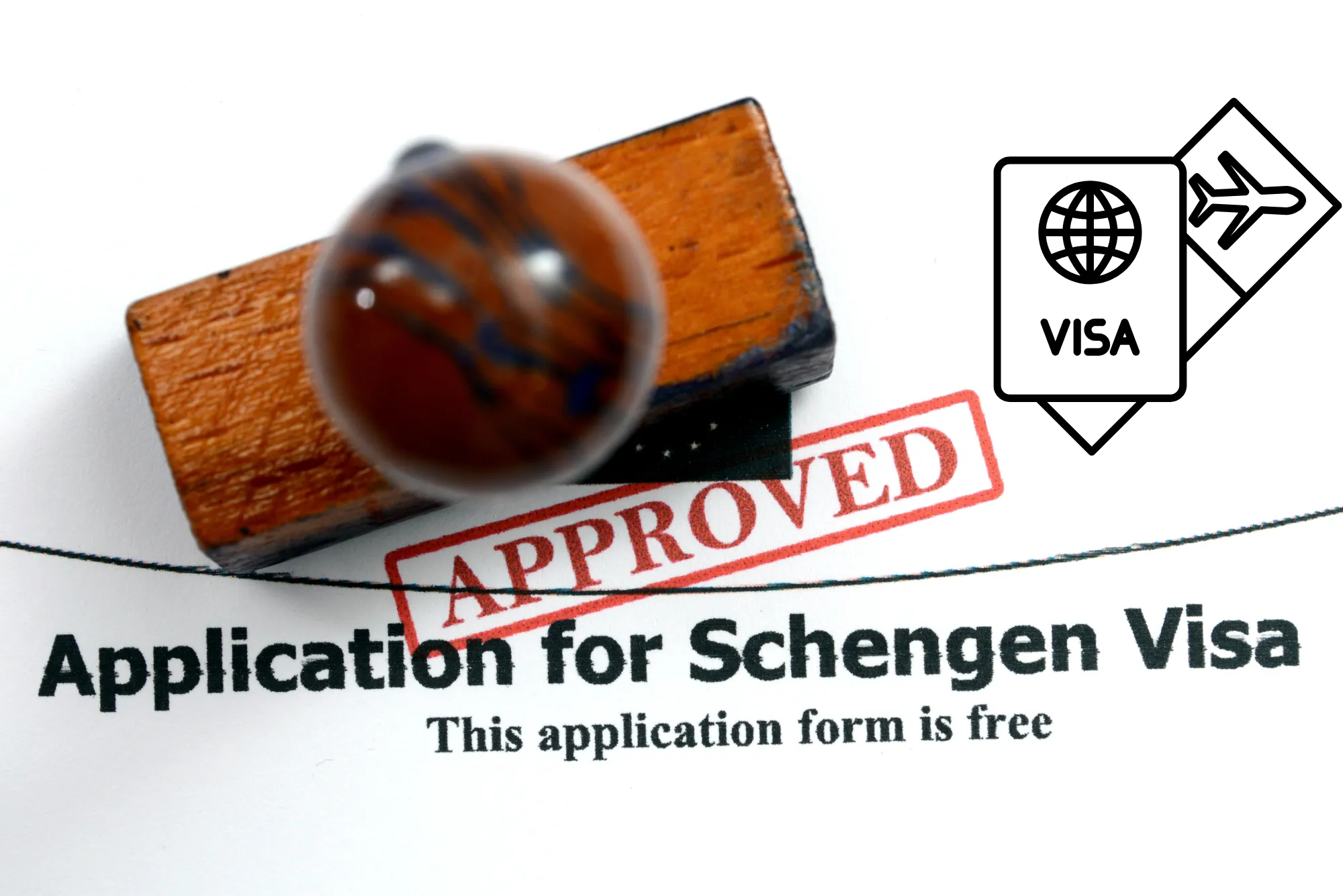Most travelers see insurance as an afterthought. A checkbox. A bureaucratic hoop to jump through. But if you’re heading to Europe and applying for a Schengen visa, your view of Schengen travel insurance is about to change—because it’s not just required, it’s essential.
This article explores what makes Schengen travel insurance a non-negotiable part of your European adventure—and why the right policy can protect much more than your application.
The insurance clause hidden in your visa checklist
Tucked into the fine print of every Schengen visa application lies an unavoidable rule: proof of insurance is mandatory. That’s not just a suggestion—it’s a fundamental entry condition.
Applicants must provide evidence of mandatory travel insurance that meets strict criteria:
- It must be valid in all 27 Schengen countries
- It must offer minimum coverage of €30,000
- It must include emergency medical care, hospitalization, and repatriation
No insurance? No visa. It’s that simple.
But while some applicants scramble to find the cheapest policy that meets the minimum, savvy travelers look at this requirement as an opportunity—to secure real peace of mind, not just paperwork.
Schengen travel insurance: protection you’ll actually use
Let’s face it: traveling isn’t always smooth sailing. Lost luggage, sudden illness, last-minute cancellations—these aren’t rare events. That’s why the smartest travelers treat Schengen travel insurance not as red tape, but as a vital part of their travel protection plan.
Think of it like this: if your suitcase goes missing in Vienna or you twist your ankle on the steps of Montmartre, what will you do? Without proper medical coverage abroad, the answer could involve long hours, high costs, or even denied care.
A strong Schengen travel insurance plan covers:
- Emergency medical expenses
- Hospital admission and surgery
- Medical evacuation or repatriation
- Emergency dental care
- Assistance services (like 24/7 helplines)
Some policies go further, offering coverage for trip cancellation, baggage delay, or stolen belongings. But at a minimum, your plan must satisfy the visa rules—and you’ll need to prove it with an official insurance certificate when you submit your documents.
Not all insurance is created equal—choose wisely
A quick online search reveals hundreds of options for European visa insurance. But not all providers are equal—and not all policies will be accepted by embassies. So how do you choose?
Here’s what to look for:
- Reputation: is the insurer known and trusted by European embassies?
- Speed: can you get your insurance certificate instantly?
- Coverage: does the policy meet (or exceed) the Schengen requirements?
- Clarity: are the terms transparent, or buried in legal jargon?
- Support: is there a real support team if something goes wrong?
AXA Schengen checks every box. Their policies are embassy-approved, instantly delivered, and available entirely online. That’s why thousands of travelers rely on AXA to secure their visa and protect their journey.
Need coverage that meets every rule and gives you real protection? Start here, whith our Schengen travel insurance
Real stories, real peace of mind
It’s easy to think “I’ll be fine” or “nothing will happen to me.” Until something does.
- Clara, an American student in Milan, ended up in the ER with appendicitis. Her AXA plan covered everything—including a private ambulance and translation assistance.
- Rajiv, a business traveler from India, missed his return flight after falling ill in Paris. His travel insurance not only reimbursed him, but arranged medical support in his native language.
- Naomi, a tourist from South Africa, had her bag stolen in Barcelona. With help from her insurer, she recovered lost documents and received financial compensation—within days.
These aren’t horror stories. They’re proof that Schengen travel insurance is more than a stamp on a form—it’s what stands between you and a travel crisis.
The insurance certificate: your visa’s best friend
When applying for a Schengen visa, your consulate will request an official document showing you’re covered. This is your insurance certificate, and it must include:
- Your full name and birthdate
- Travel dates and coverage period
- Covered countries (must list all Schengen states)
- Policy number and provider details
- Summary of included benefits (especially medical coverage abroad and repatriation)
AXA’s certificates are tailored to match consular expectations—clear, official, and instantly downloadable after payment. No back-and-forth, no stress.
How to buy your Schengen travel insurance in minutes
You don’t need to visit a branch or wait on hold. With AXA Schengen, purchasing Schengen travel insurance is simple:
- Visit the official site
- Navigate to the AXA Schengen homepage.
- Choose your coverage
- Select the plan that best fits your trip (Low Cost, Europe Travel, or Multi Trip).
- Enter your details
- Provide your travel dates, personal info, and destination.
- Pay securely online
- Choose your preferred payment method.
- Download your certificate
- Receive your documents instantly via email—print them or upload to your visa portal.
In less than 10 minutes, you’re covered and compliant.
Before you pack: final reminders
- Your insurance dates must match your travel dates exactly
- Print at least two copies of your insurance certificate
- Keep one on you while traveling—it may be requested at the border
- Know the emergency hotline number provided by your insurer
A good policy isn’t something you tuck away in a folder—it’s your invisible travel companion. One that steps in when you need it most.




